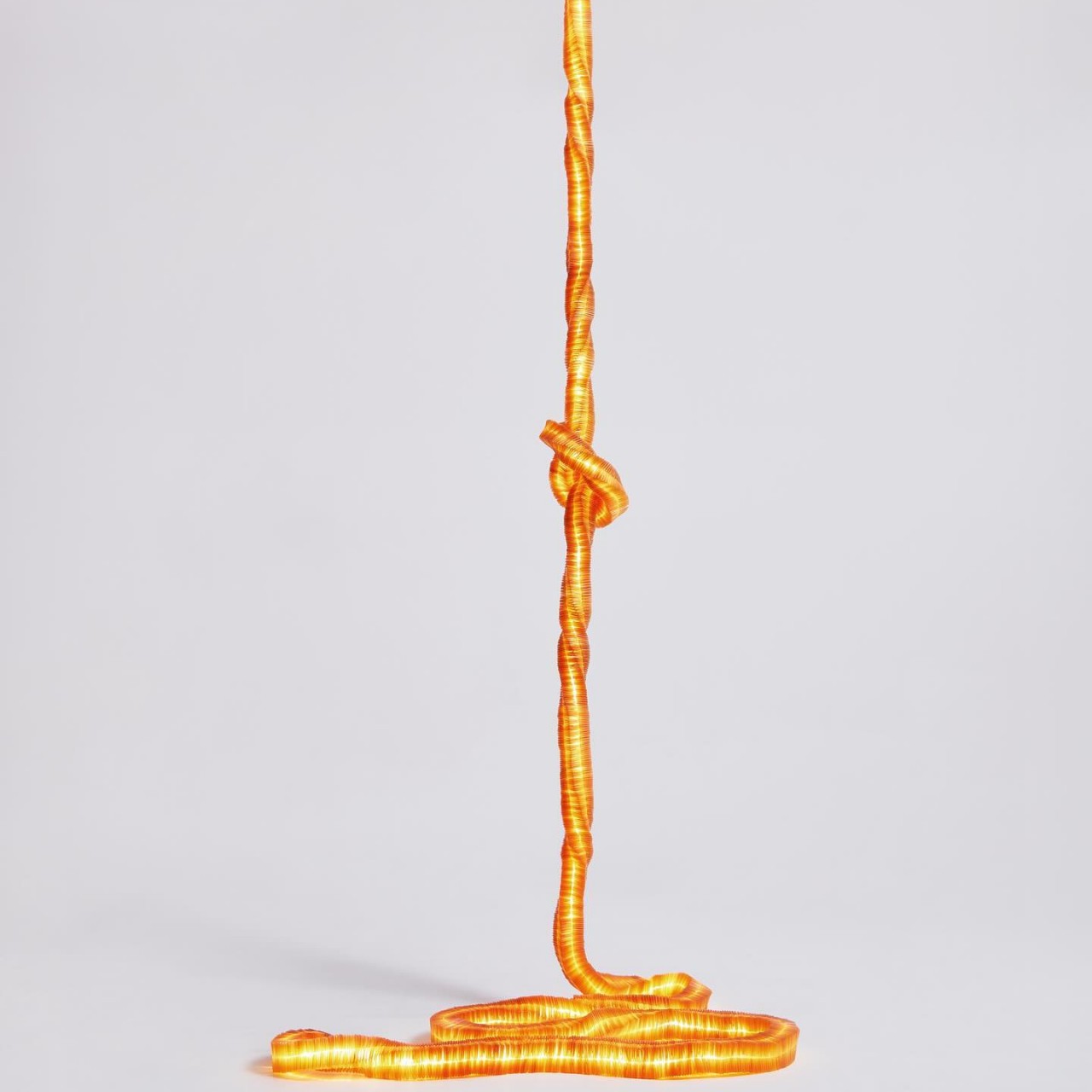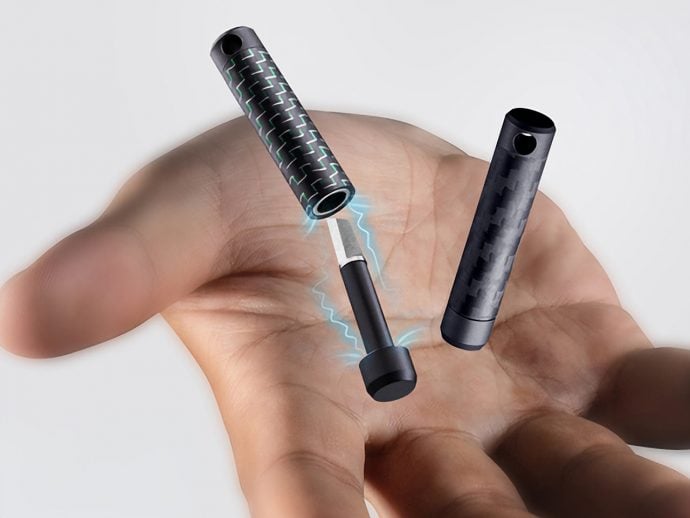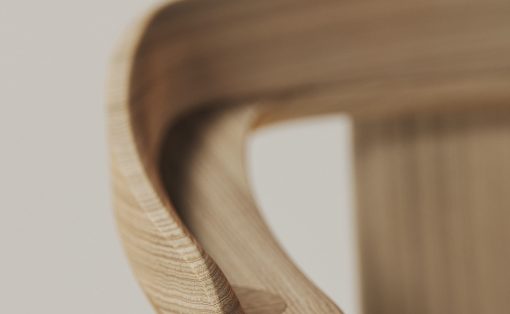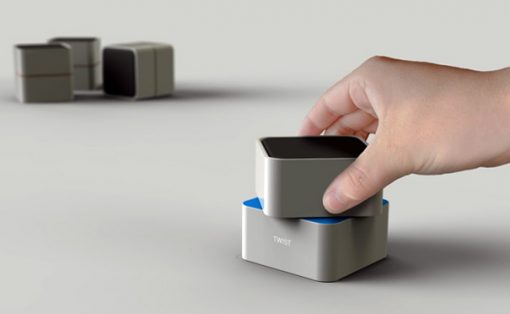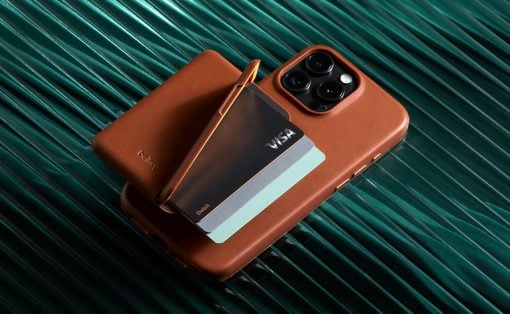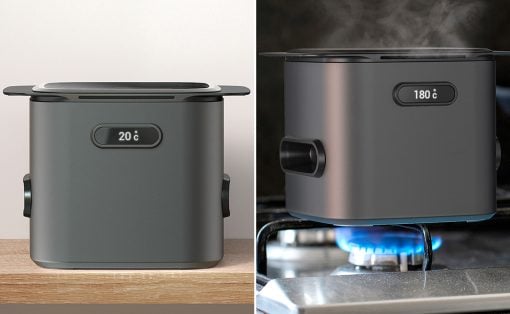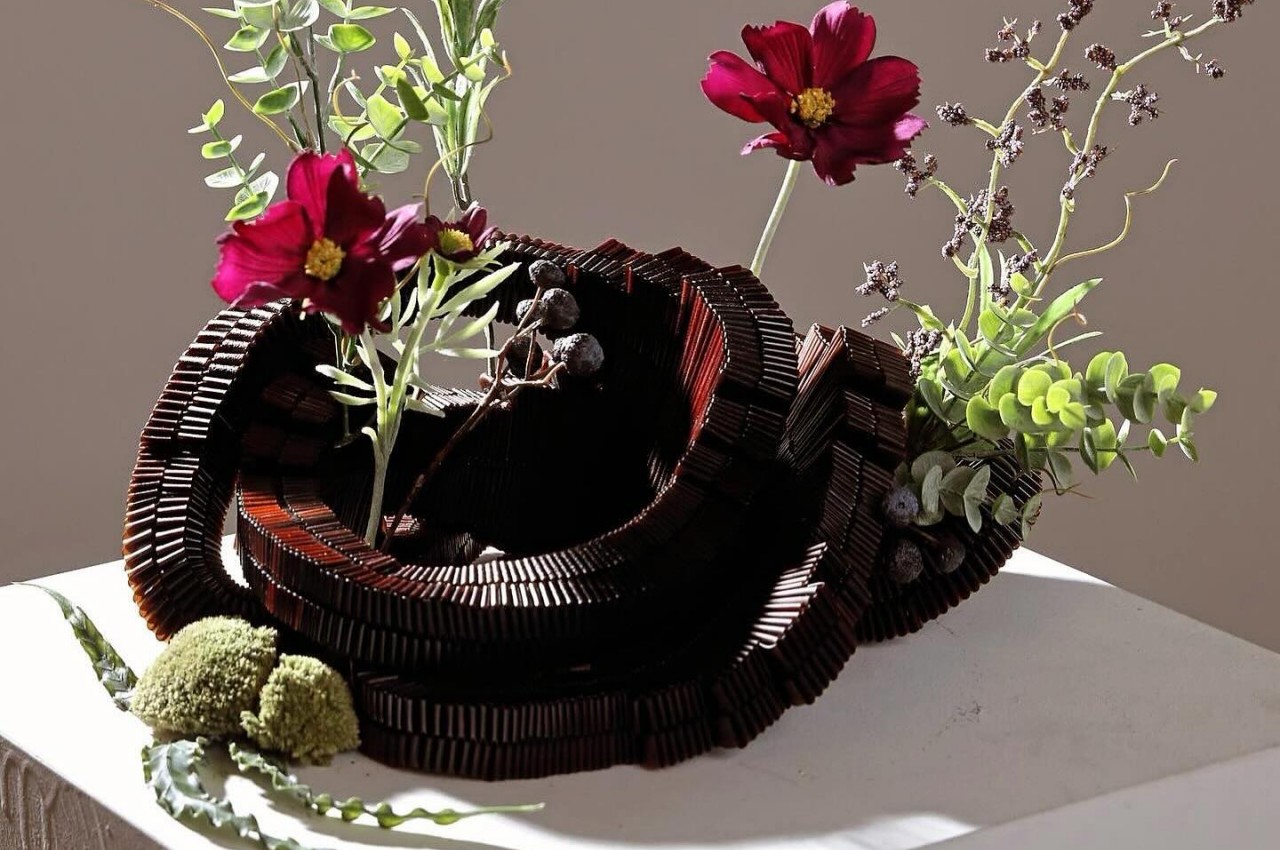
The world is filled with many things that have the potential to become materials for creating products, and yet we still prefer typical materials like plastics, metal, or wood. Not all of these are sustainable, and those that are sustainable aren’t always easily renewable or require a lot of energy to process or recycle. Admittedly, looking for alternative sources of materials isn’t an easy task, but once in a while, we come across a promising solution both in terms of sustainability and beauty. This rope light and Ikebana vase, for example, are already quite striking in their unique shapes, but they are made even more significant by the fact that they are made using a biodegradable material based on one of the most common and simplest kind of plant on the planet: algae.
Designer: Su Yang Choi
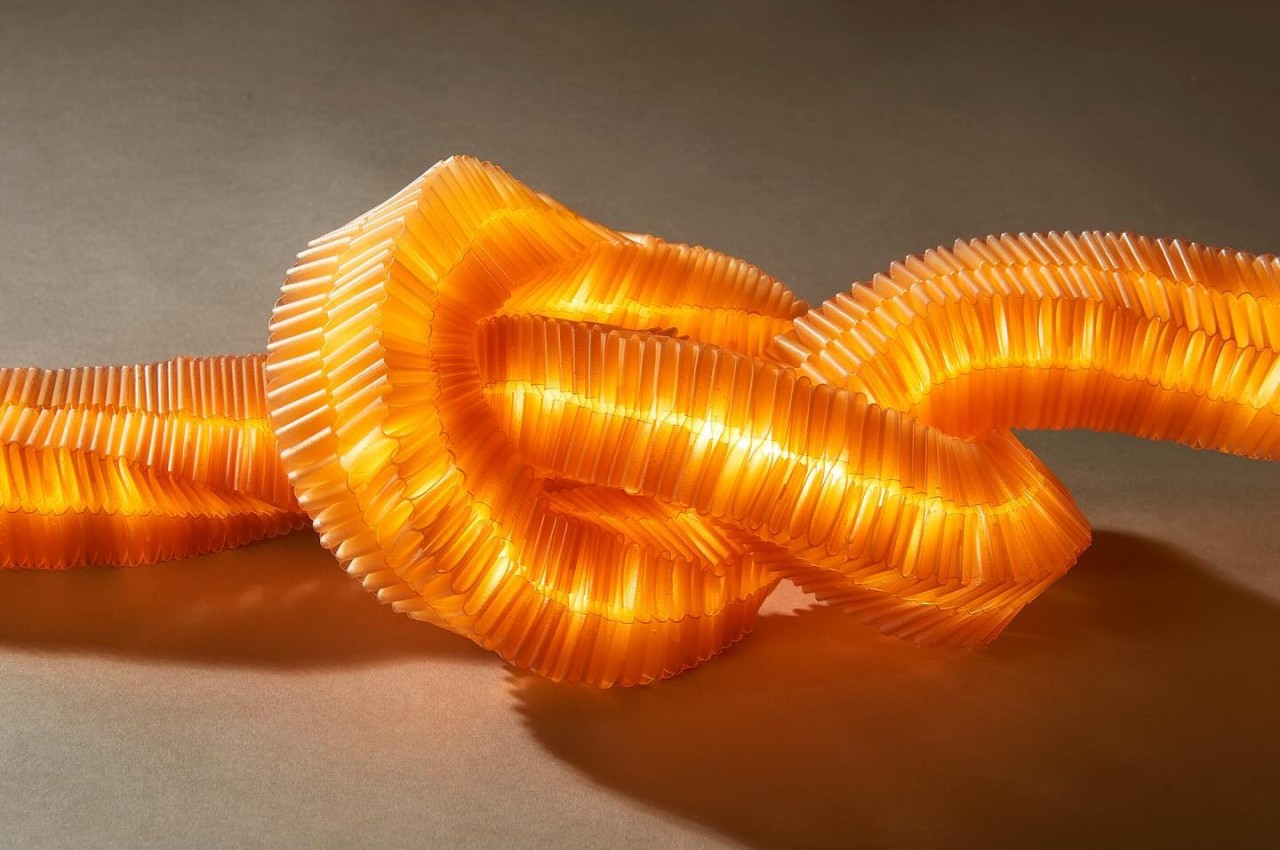
One of the problems with supposedly more sustainable or recyclable materials is that the process of making or treating them isn’t always sustainable, requiring more energy and water than usual. In contrast, this algae-based material isn’t treated with harmful chemicals, has reduced energy consumption during manufacturing, and can easily be shaped using heat. Even better, leftover scraps from the production process can be collected and recycled to reduce material waste at every step.

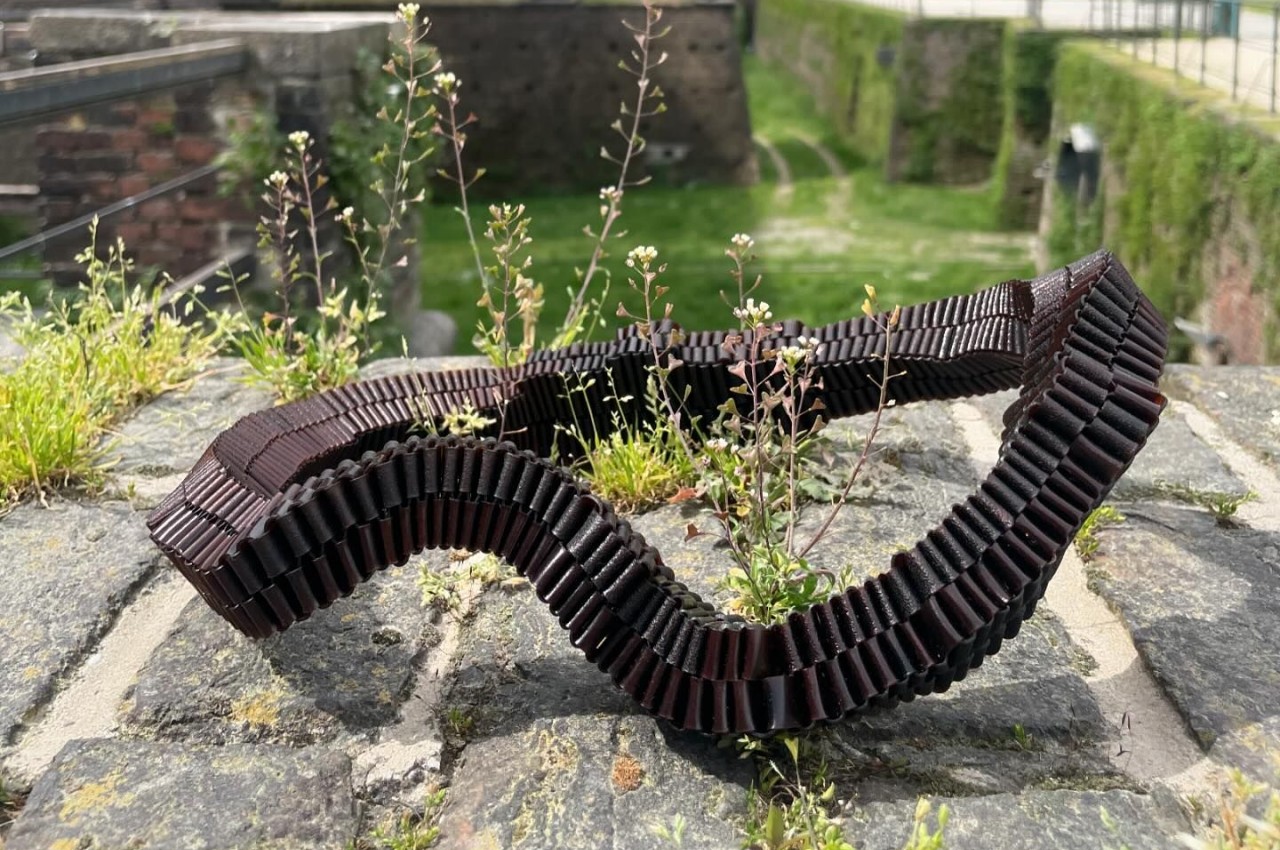
While the material itself is quite impressive, putting it to good use is the real test. For this purpose, a pair of everyday objects were made not just to demonstrate the usability of this algae-based material but also to show off the complicated designs that can be made with it. And nothing can perhaps be more complicated than knots, especially the beautiful traditional Korean knots known as Maedeup.
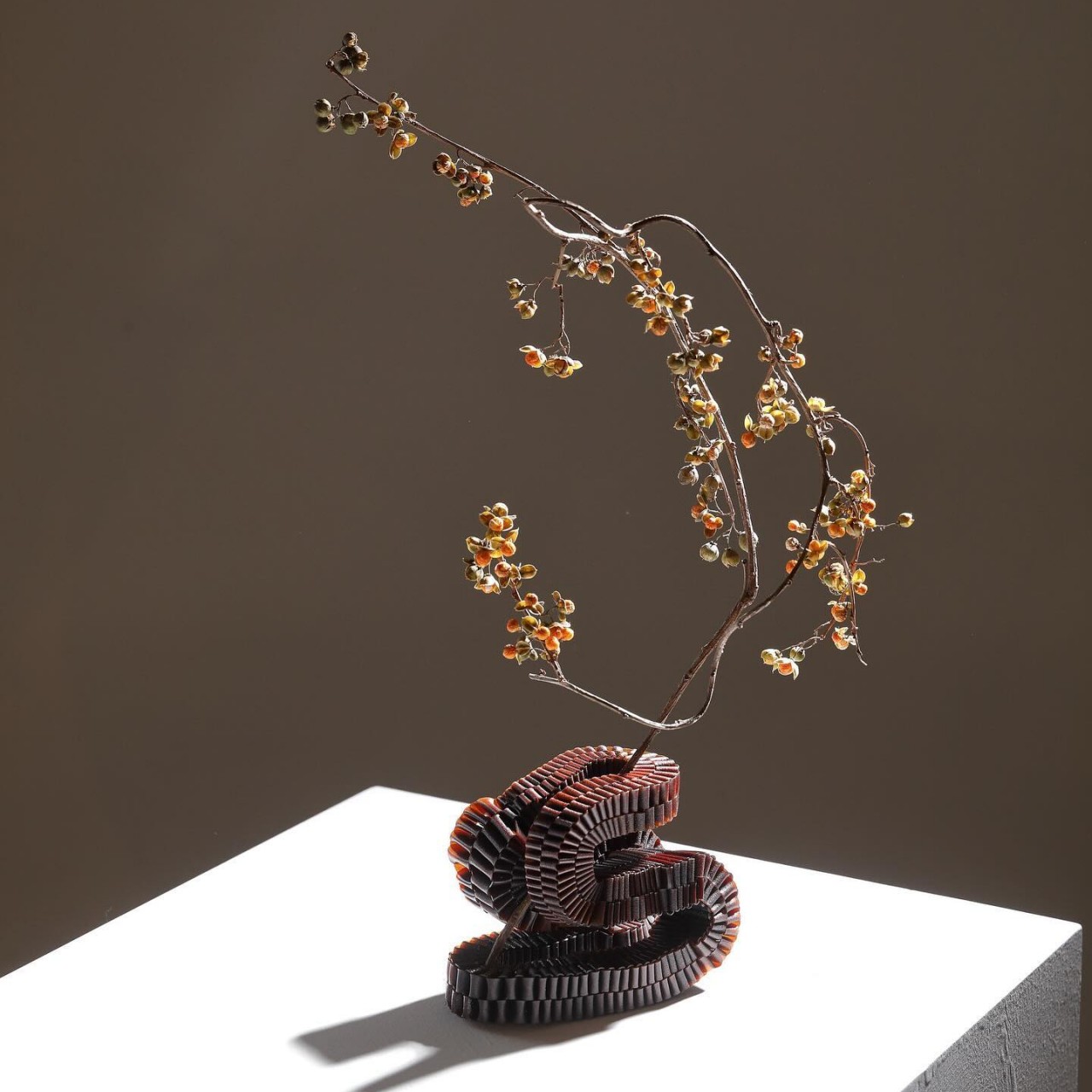

This knotting is best exemplified in this Ikebana vase that loops around itself a couple of times in an almost random fashion, symbolizing the unpredictability and cyclical nature of life. In addition to this rather intriguing structure, the biodegradable material used here is mixed with coffee grounds, another sustainable material, to give it that earthy brown color.
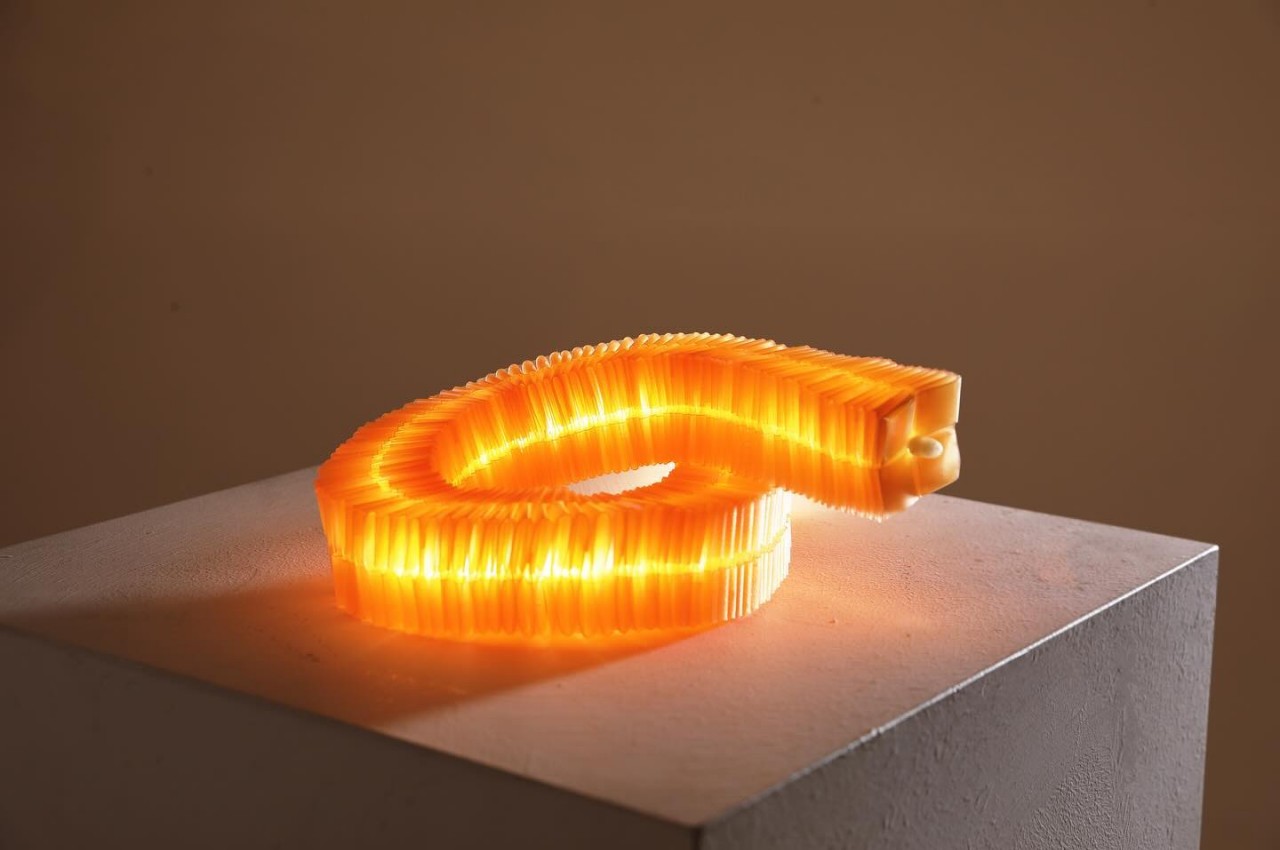
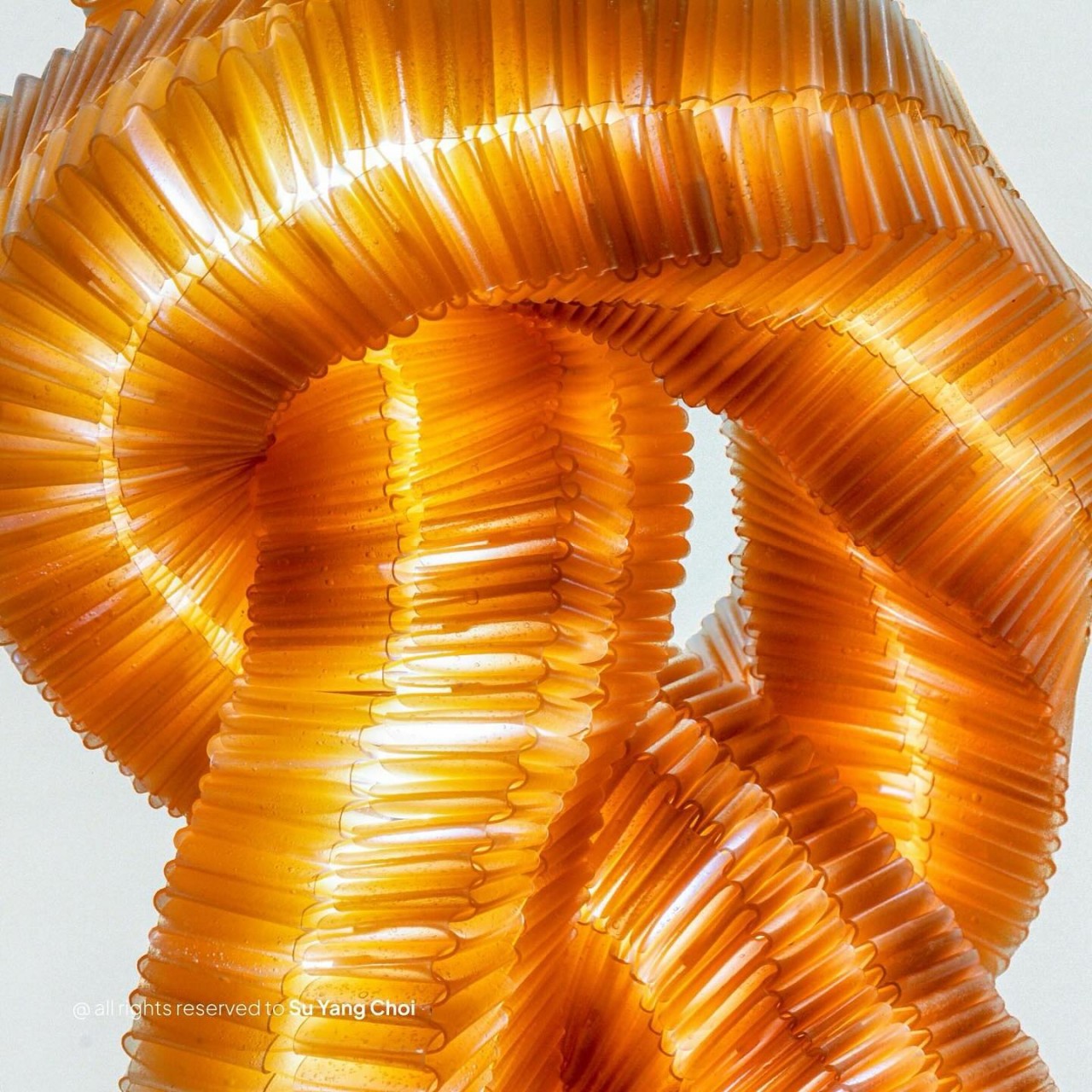
On the opposite end of the color spectrum is a long string lamp that uses the algae-based material in a four-faced linear braid that wraps around a flexible LED strip. This segmented structure was inspired by Korean stone pagodas that rise in majesty and grandeur, characteristics carried by this string lamp. These two objects, part of the Slow series of artworks, embody the ingenuity and creativity that spring from combining modern material science and traditional craftsmanship to produce breathtaking designs that do no harm to the planet in return.
